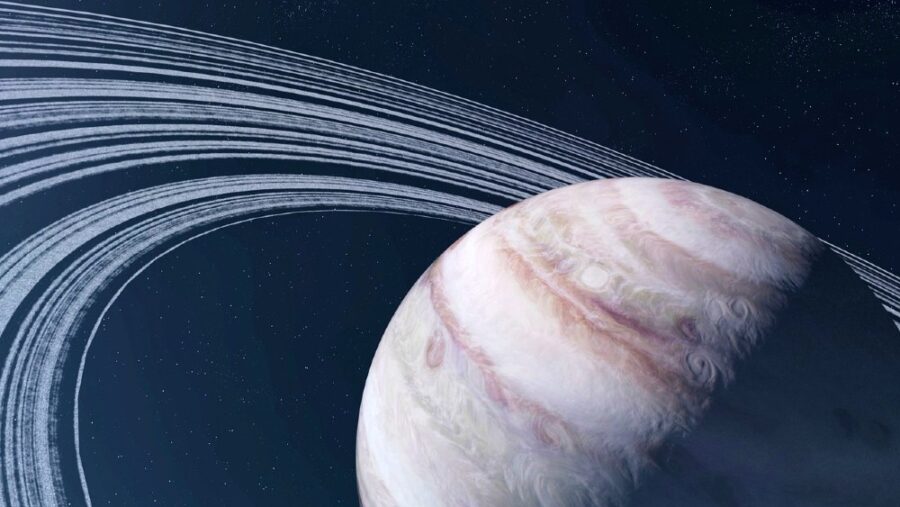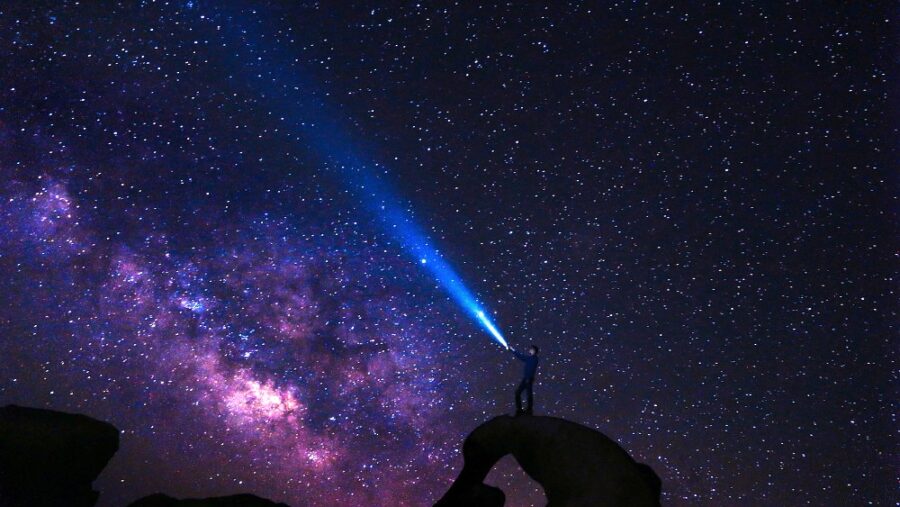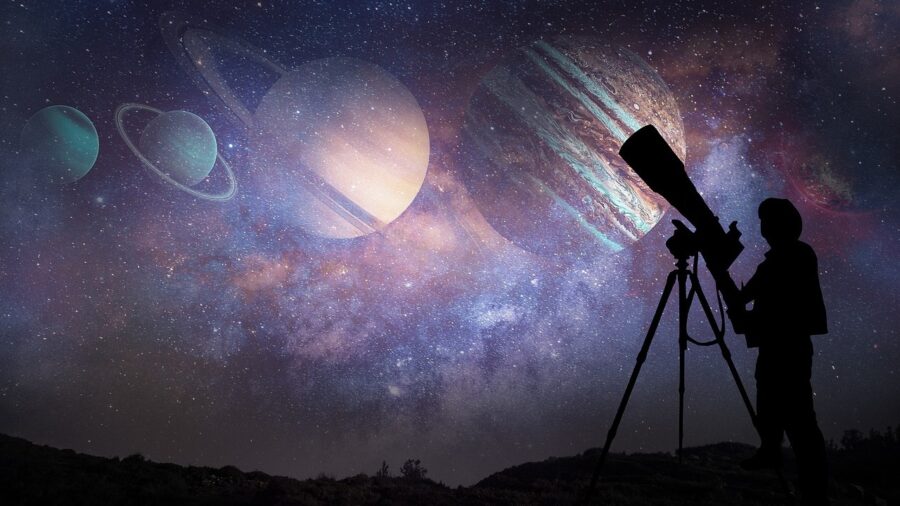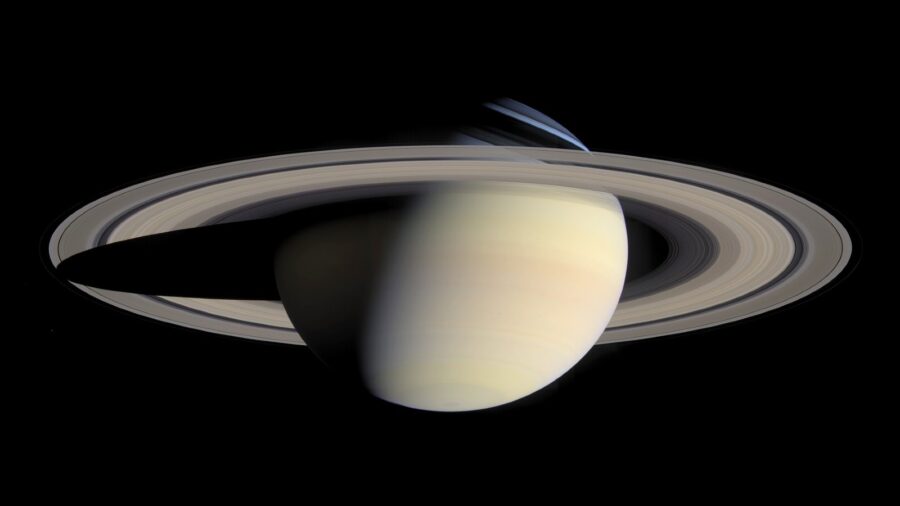Saturn Rings Are Disappearing In Less Than Two Years

Saturn’s rings aren’t disappearing from existence in less than two years, but Earth.com reported that soon they will shift in such a way that you likely won’t be able to see them anymore for a while. Saturn has a 29.5-year orbit, and 2025 will mark a time in the orbit of Saturn where its axis shifts in such a way that you won’t be able to see the rings of Saturn from Earth for a span of several years.
We Won’t Be Able To See Saturn’s Rings Until 2032

You’ll have to wait until 2032 to see them again in all their splendor. The changing celestial tilt will also allow people on Earth to get a clearer view of Saturn’s many moons.
You see, Saturn’s rings are like a thin disc “hula-hooping” around the gas giant. Though the rings are very wide (stretching up to 282,000 km in diameter), they are also very thin (only about 10 meters in thickness).
They Will Disappear In 2025

Visualizing that structure, you could imagine that if you turned it a certain way, the rings would barely be visible. That is precisely what will happen with Saturn’s rings in early 2025. It’ll be like trying to spot a flat piece of paper at the far end of a football field.
The Discovery Of The Rings Around Saturn

Saturn’s rings were first discovered in 1610 by Galileo. Galileo’s first observations of the planet’s fantastic rings were through a very simple telescope, leading him to initially describe the shape of the rings as “ears” for the planet.
Today’s technology will allow anyone with a basic telescope (or even a good pair of binoculars) to view Saturn’s rings on a clear night. There are seven distinct rings of Saturn, and those rings are made up of ice chunks, remnants of comets, asteroids, and moons that were all torn to shreds by the intense power of Saturn’s gravitational pull.
The Rings Will Vanish Entirely In A Few Million Years

The exact age of Saturn’s gorgeous ring system is not something scientists have definitively nailed down just yet. In general, it is believed that the rings are relatively young, possibly beginning their formation around 400 million years ago.
Though the rings will only disappear from our view in 2025, it has been determined that Saturn’s rings are also dwindling down in such a way that they will eventually disappear from existence (but not in any of your lifetimes). The rate of disintegration is fast enough (in terms of universe time) that the rings may only be around for a few hundred million more years.
Take In Saturn’s Rings And Moons While You Still Can

In addition to its sexy celestial rings, Saturn also has at least 145 moons. Titan is Saturn’s largest moon, and it’s the second largest moon in the whole solar system. Titan is larger than the whole planet of Mercury and has its own substantial atmosphere composed mainly of nitrogen and methane.
As of now, Saturn is in a great position for stargazers to get a good glimpse of its rings. If you’ve never seen them or they’re your favorite celestial scape, now is the time to take in the view while it’s still there.












